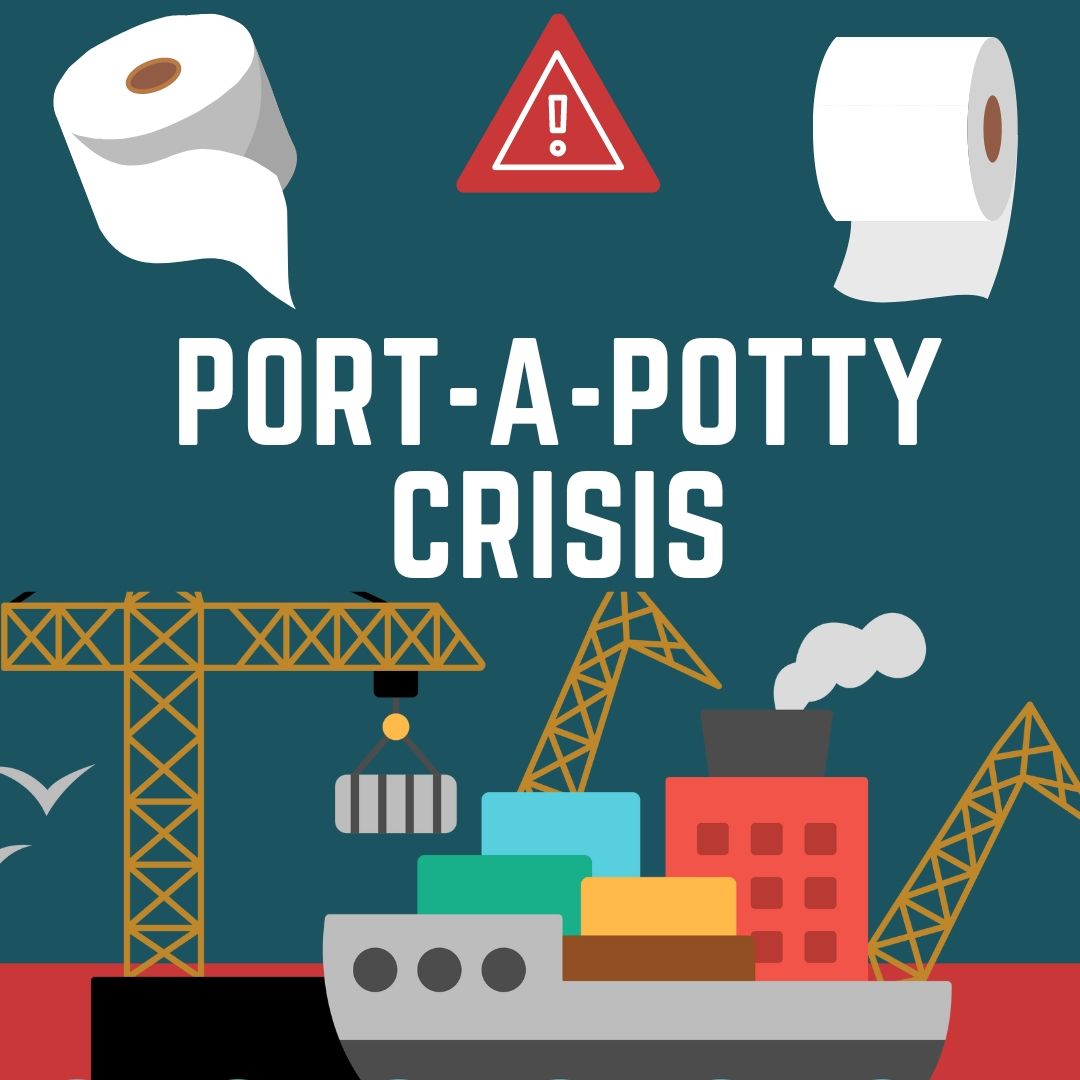As the Halloween season rolls in, shoppers are grimly reminded of the early days of the pandemic that swept toilet paper off the shelves and into the desperate hands of panicked shoppers. Now, the panic is not occurring because of a widespread pandemic, but rather, because of a port strike that actually has little impact on the supply of toilet paper.
The strike was prompted by the International Longshoremen’s Alliance on Oct. 1, following the projected closure of their contractual agreement with the United States Maritime Alliance. By Oct. 3, the USMX agreed to come to a compromise with ILA by extending their existing contract and negotiating wages.
While the impact of a 48-hour port strike may not seem significant, the strike is projected to cause widespread supply chain delays in the coming weeks. According to CNBC, thousands of containers were dropped in the wrong port location, causing transportation costs for the goods to rise.
The expected delays of the strike have sent some grocery shoppers into overdrive; as many frantically sought excessive amounts of toilet paper; leaving shelves of toilet paper empty across the country.
Despite this panic, the supply of toilet paper is hardly impacted by the strike, as a majority of popular U.S.toilet paper brands are manufactured domestically. Charmin, Cottonelle and Angel Soft, all of whom are major toilet paper brands in the United States, have multiple large manufacturing plants across the country.
While toilet paper may not be impacted, some products will face delays and heightened prices in the coming weeks. According to USA Today, seafood, electronics, autoparts and machinery are among them, as those products are produced and shipped to the U.S. internationally.
More details: Who is actually involved in the port strike?
The port strike was initiated by the International Longshoremen’s Association against the United States Maritime Alliance. Maritime workers, who are simply employees who work on ships, can have intense, labor-filled jobs as they work to transport goods and handle cargo in ports.
According to the ILA’s official website, they’re the largest union of maritime workers in the United States, with roughly 85,000 employees.
On the other hand, The United States Maritime Alliance, or USMX is an association of employees, ports and container carriers along the East and West coasts of the United States.
These two organizations maintain a six-year-long master contractual agreement that organizes the terms, conditions and wages for ILA employees. A master contract is a major agreement between unionized workers and the company they represent outlining the course of action in potential disputes and certifying all terms and conditions.
Why did the port strike happen?
On Sept. 30, the contractual agreement between the United States Maritime Alliance and the International Longshoremen’s Association was set to expire, with a new contract following soon after. However, the ILA demanded specific changes in the new contract before they would agree to another one, forcing the USMA to recognize their demands,forcing nationwide port work and transport to a halt.
The demands of the ILA surface from numerous issues, mainly arising from employee pay and job opportunities.
Recently, the United States Maritime Alliance has wanted to shift to a heightened use of technology on ports, adopting self-driving trucks and cranes for the transportation of goods. However, this caused the ILA concerns, as this new transition could reduce the number of available jobs and replace existing employees. To ensure this won’t be introduced, the ILA is proposing an adjustment of specific wording in the contract. Additionally, the ILA demanded a $5-dollar jump in hourly wages, over the course of the next six-year contract .
What ended the port strike?
On Oct. 3, the ILA released a joint statement with the UMA, stating that it would “extend the Master Contract” until Jan. 15, and that they agreed to come to a compromise with the workers and negotiate wages. According to CNBC , the ILA wages are agreed to increase by 61.5% over the next contract.


